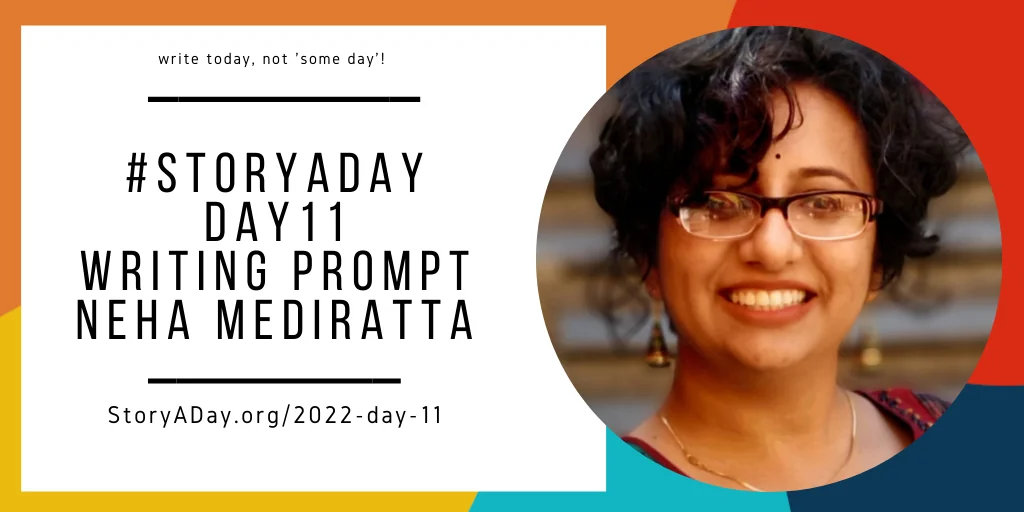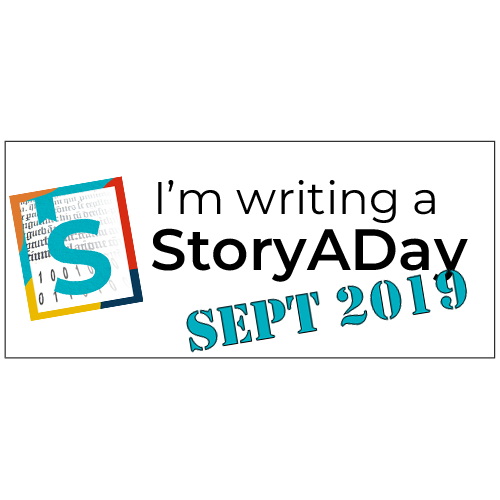The Prompt
“I twisted my ankle and hobbled about for a decade. After years of doctor’s visits, therapy sessions, medications, this and that, I came to believe that I’d been cursed and would likely limp to my grave. Until I met you, I didn’t know curses could turn into blessings.”
Use this line anywhere in a short story of about 1500 words.
Might help to brainstorm a few things like: Who would say this? To whom? a mentor? a child? a magician? a stranger on a train? a turtle? a millionaire who’s about to be murdered or a pauper who’s about to get rich?
Reflect on a time when something happened that you thought was the worst thing ever, only to find out later that it was not so bad. In fact, as time went by, it seemed the best thing to have happened.
One of the joys of writing is to create characters that can ‘see’ what has come in the way of what they want. Oftentimes, it is an aspect of themselves, not merely the forces around, that throws them into chaos, pulling them away from the very thing they desire.
As a writer, you have the power to enable readers to map this type of ‘seeing’. Readers walk away from your work not only entertained, but subtly equipped with a new way of looking at their own lives.

Neha Mediratta
Neha is a generalist currently obsessed with stretching, mind-body-world connection and the spirit’s dwelling place. She writes fiction, non-fiction, takes on editing assignments she enjoys and works with people she admires. She lives by a lake in an overcrowded coastal city with her family and some wildlife. Check out her writing here: https://www.amazon.com/Neha-Mediratta/e/B08CJSLD2H
Join the discussion: what will you do with today’s prompt OR how did it go? Need support? Post here!





